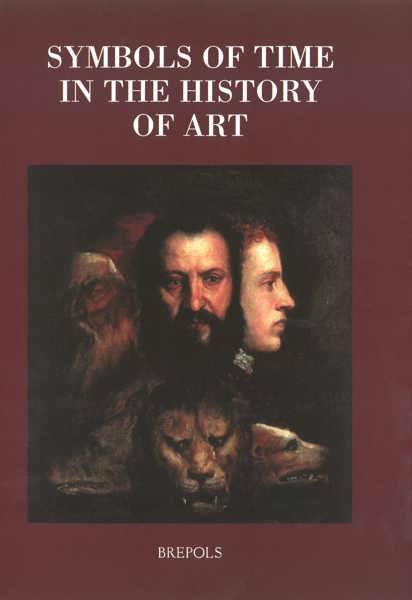
Creative and Imaginative Powers in the Pictorial Art of El Greco
Livia Stoenescu (ed)
- Pages: 171 p.
- Size:210 x 297 mm
- Illustrations:26 b/w, 73 col.
- Language(s):English
- Publication Year:2016
- € 100,00 EXCL. VAT RETAIL PRICE
- ISBN: 978-2-503-56555-2
- Paperback
- Available
A collection of novel and provocative insights into El Greco's pictorial art based on art-historical, social and historiographical sources and methodologies.
“More such conferences, like the one that produced these proceedings, will be necessary before El Greco has occupied the position he deserves in the art historical canon.”. (Michael Scholz-Hänsel, in Renaissance Quarterly, LXXI/2, p. 688)
Fernando Marías (Madrid, 1949) is Professor of Art History in the Universidad Autónoma de Madrid; MIRIAM CERA BREA, researcher, Universidad Autónoma de Madrid (UAM); José Riello, Professor of Art History, (Universidad Autónoma de Madrid); Karin Hellwig, Researcher, Zentralinstitut für Kunstgeschichte, München; Livia Stoenescu, Assistant Professor of Art History (Texas A&M University); Enrico Maria dal Pozzolo, Professor of Art History, University of Verona.
This volume presents an innovative art-historical outlook on the prevalent interpretations and theoretical analyses of El Greco's paintings. Discussing the role of El Greco in early modern art history, Fernando Marías sheds light on unexplored aspects of El Greco’s translation of the religious thought of the conversos into his work, and Miriam Cera investigates the stream of humanist sources from Salazar de Mendoza’s library in Toledo that influenced El Greco’s artistic development. These two introductory studies set the framework for subsequent essays on El Greco’s collaboration with Spain’s humanist circles and the late sixteenth-century culture of the Italian Renaissance. José Riello offers an original interpretation of El Greco’s paintings by re-examining the importance of Reformation thought in his work made in Toledo. Tackling the critical impact of Michelangelo’s draftsmanship on El Greco, Karin Hellwig explores the complexity of El Greco’s relationship with the Italian Renaissance master. Livia Stoenescu demonstrates that El Greco crafted a unique historical style by drawing on an antique culture of religious artifacts, relics, and icons while remodeling the old within modern painting. Enrico Maria dal Pozzolo’s exploration of a fluid continuity between El Greco’s models and an entire Italian tradition of Marian painting, resulting in works which El Greco grounded in Renaissance devotional content and which were circulated in the medium of prints and engravings, directs our attention towards new stylistic concerns and potential discussions.




